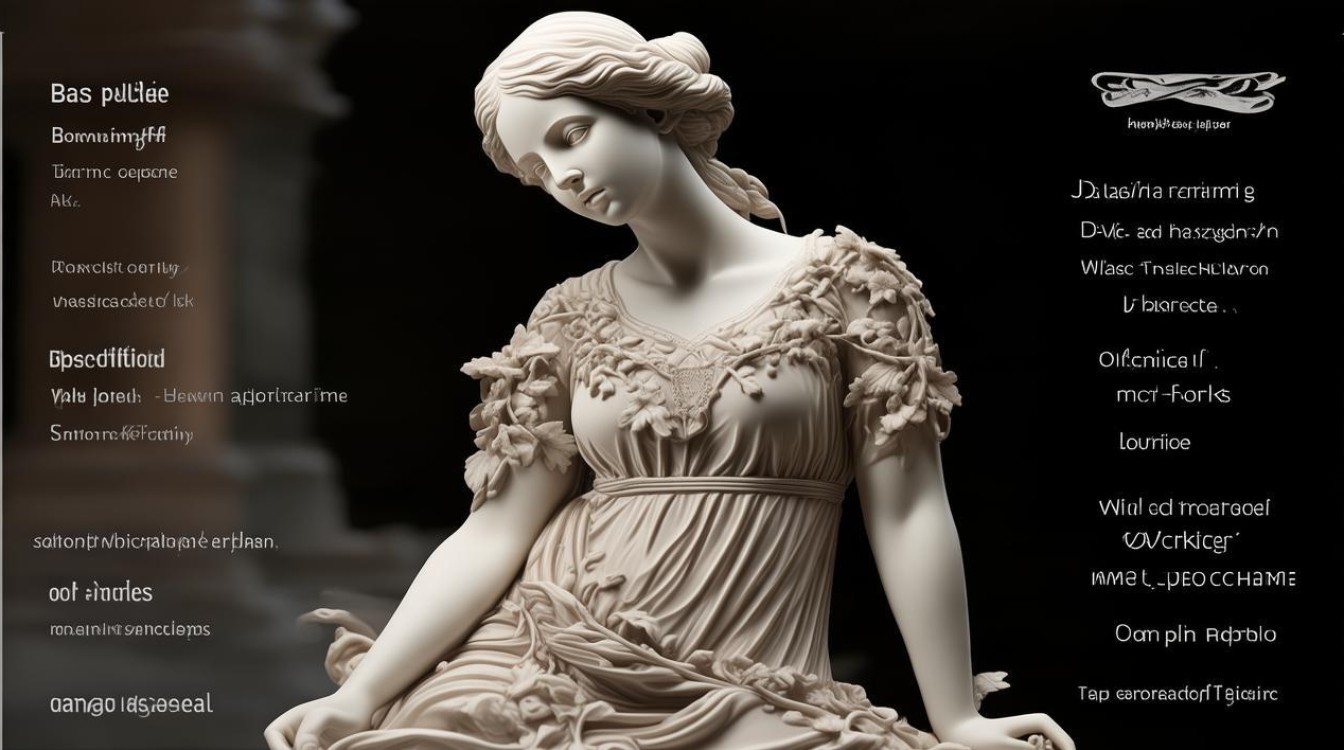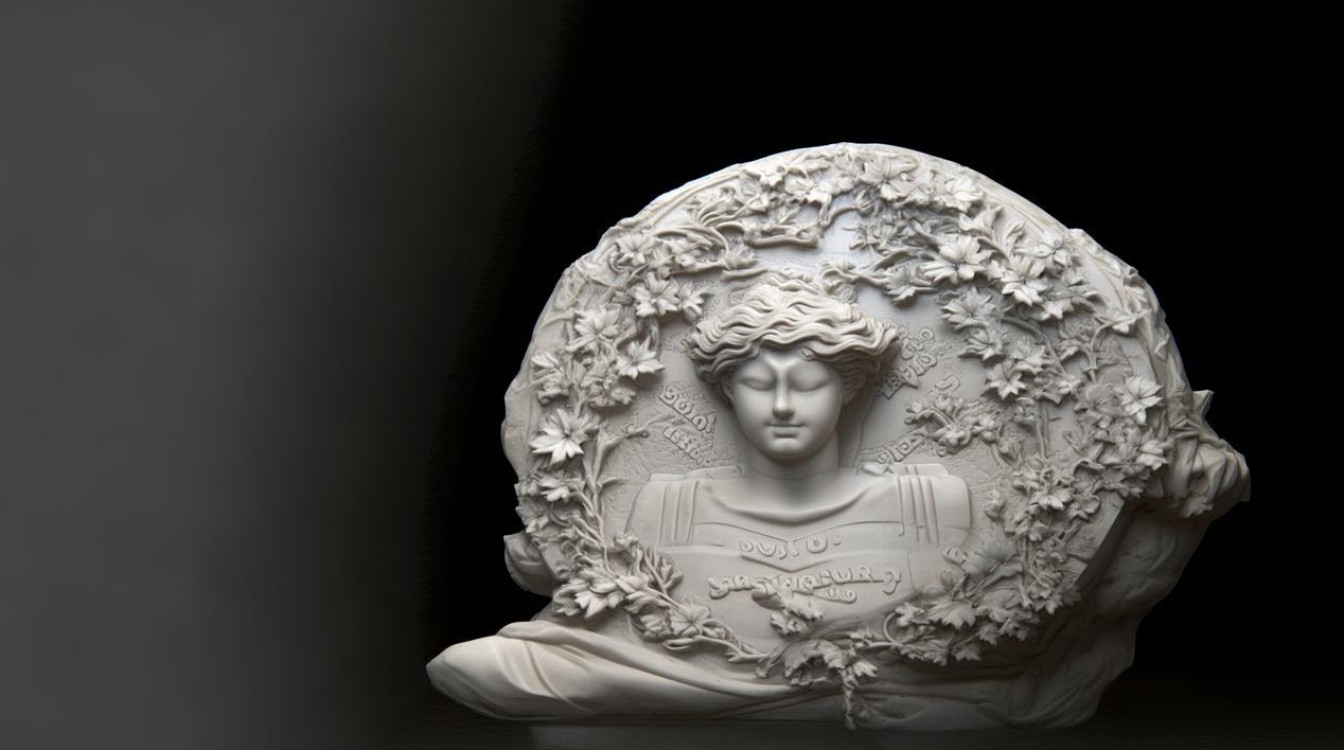Sculpture has been an essential form of artistic expression for centuries, capturing human creativity in three-dimensional forms. Whether you're an art student, a sculptor, or simply an enthusiast, understanding the key English terms related to sculpture can deepen your appreciation of this art form. Below is a comprehensive list of essential vocabulary, along with explanations and context.

Basic Sculpture Terms
Sculpture – A three-dimensional artwork created by shaping materials such as stone, metal, or clay.
Statue – A free-standing sculpture representing a person, animal, or abstract concept.
Bust – A sculpted representation of a person’s head, shoulders, and upper chest.
Relief – A sculptural technique where figures project from a flat background. Types include:
- Bas-relief (Low relief) – Shallow carving with minimal projection.
- High relief – Deep carving where figures stand out prominently.
Maquette – A small-scale model used as a preliminary sketch for a larger sculpture.
Materials Used in Sculpture
Marble – A high-quality stone often used for classical sculptures due to its smooth texture.
Bronze – A metal alloy (copper and tin) favored for its durability and ability to capture fine details.
Clay – A malleable material used for modeling before firing or casting.
Wood – Carved into sculptures, offering warmth and organic textures.
Plaster – Used for molds and temporary sculptures before casting in more permanent materials.
Terracotta – Baked clay, often unglazed, used in ancient and contemporary art.

Sculpture Techniques
Carving – Removing material (e.g., wood, stone) to shape a sculpture.
Modeling – Adding and shaping pliable materials like clay or wax.
Casting – Pouring liquid material (e.g., molten metal) into a mold to solidify into a sculpture.
Welding – Joining metal pieces together, common in modern and abstract sculptures.
Assemblage – Creating sculptures by combining found objects or mixed media.
Famous Sculpture Styles & Movements
Classical Sculpture – Inspired by ancient Greek and Roman art, emphasizing proportion and idealized beauty.
Baroque Sculpture – Dramatic, dynamic compositions with intricate details.
Modern Sculpture – Breaking traditional forms, experimenting with abstraction and new materials.
Kinetic Sculpture – Art that incorporates movement, often powered by wind or mechanics.
Minimalism – Simplified forms focusing on geometric shapes and clean lines.
Notable Sculptors & Their Contributions
Michelangelo – Renowned for masterpieces like David and Pietà, showcasing Renaissance perfection.

Auguste Rodin – A pioneer of modern sculpture, known for The Thinker and expressive realism.
Henry Moore – Famous for abstract, organic forms often depicting reclining figures.
Louise Bourgeois – Explored themes of memory and emotion in large-scale installations like Maman.
Alexander Calder – Revolutionized sculpture with his kinetic mobiles.
Tools for Sculpting
Chisel – A sharp tool for carving stone or wood.
Mallet – A hammer-like tool used with chisels for controlled carving.
Armature – A supportive framework (often wire) for clay or wax sculptures.
Rasp – A coarse file for shaping and smoothing surfaces.
Potter’s Wheel – Used for shaping symmetrical ceramic pieces.
Display & Preservation Terms
Pedestal – A base elevating a sculpture for better visibility.
Patina – A surface finish on metal sculptures, often greenish due to oxidation.

Conservation – The process of preserving and restoring sculptures to prevent deterioration.
Foundry – A workshop where metal sculptures are cast.
Contemporary Sculpture Trends
3D Printing – Using digital modeling to create intricate sculptures layer by layer.
Eco-Art – Sustainable sculptures made from recycled or natural materials.
Interactive Sculpture – Engaging viewers through touch, motion, or digital elements.
Public Art – Large-scale installations in urban spaces, fostering community engagement.
Sculpture is a dynamic art form that continues to evolve, blending tradition with innovation. Whether you're admiring a marble masterpiece or a futuristic installation, knowing these terms enhances your understanding and appreciation of sculptural art. The next time you visit a museum or gallery, take a moment to observe the techniques, materials, and history embedded in each piece—it’s a language worth learning.

